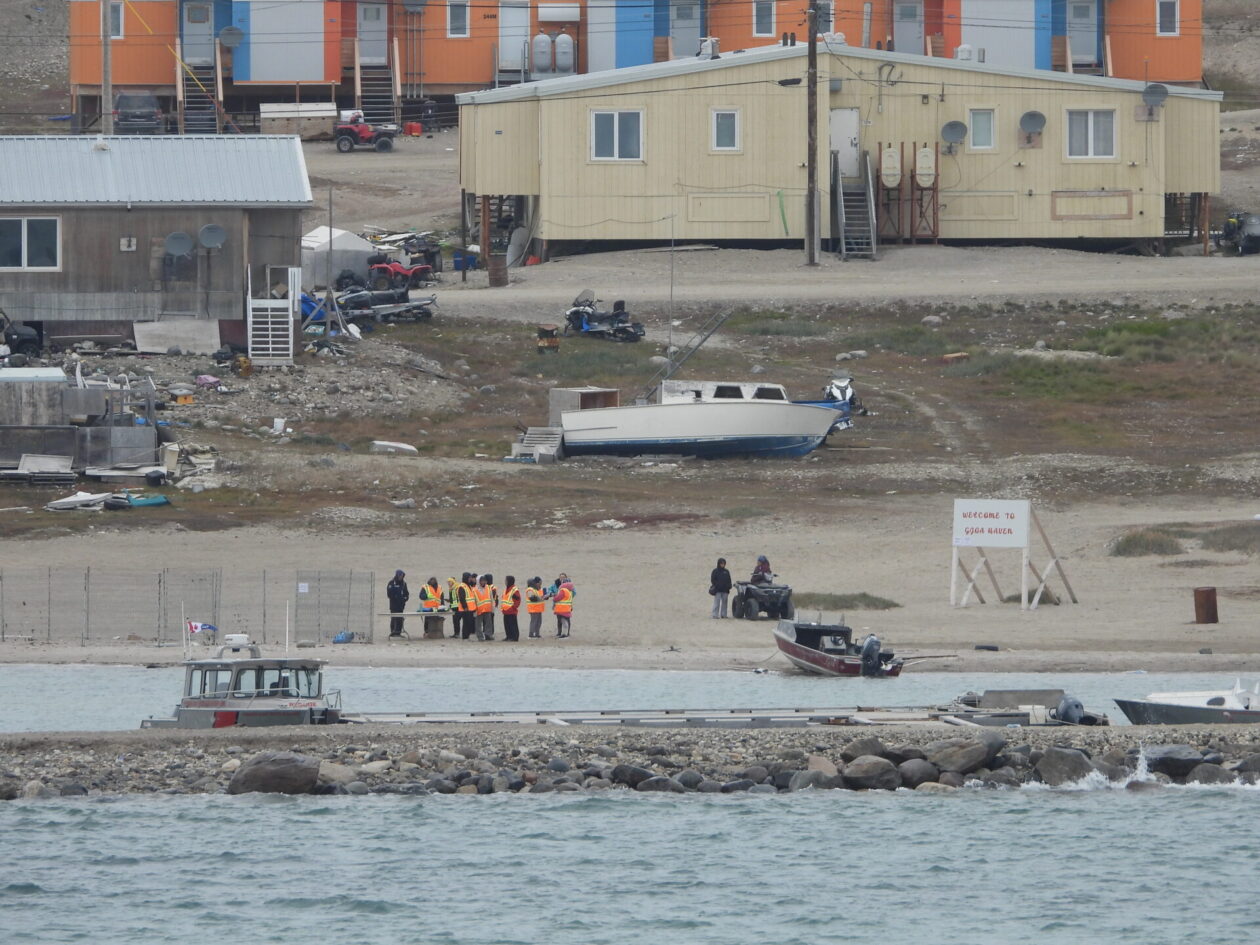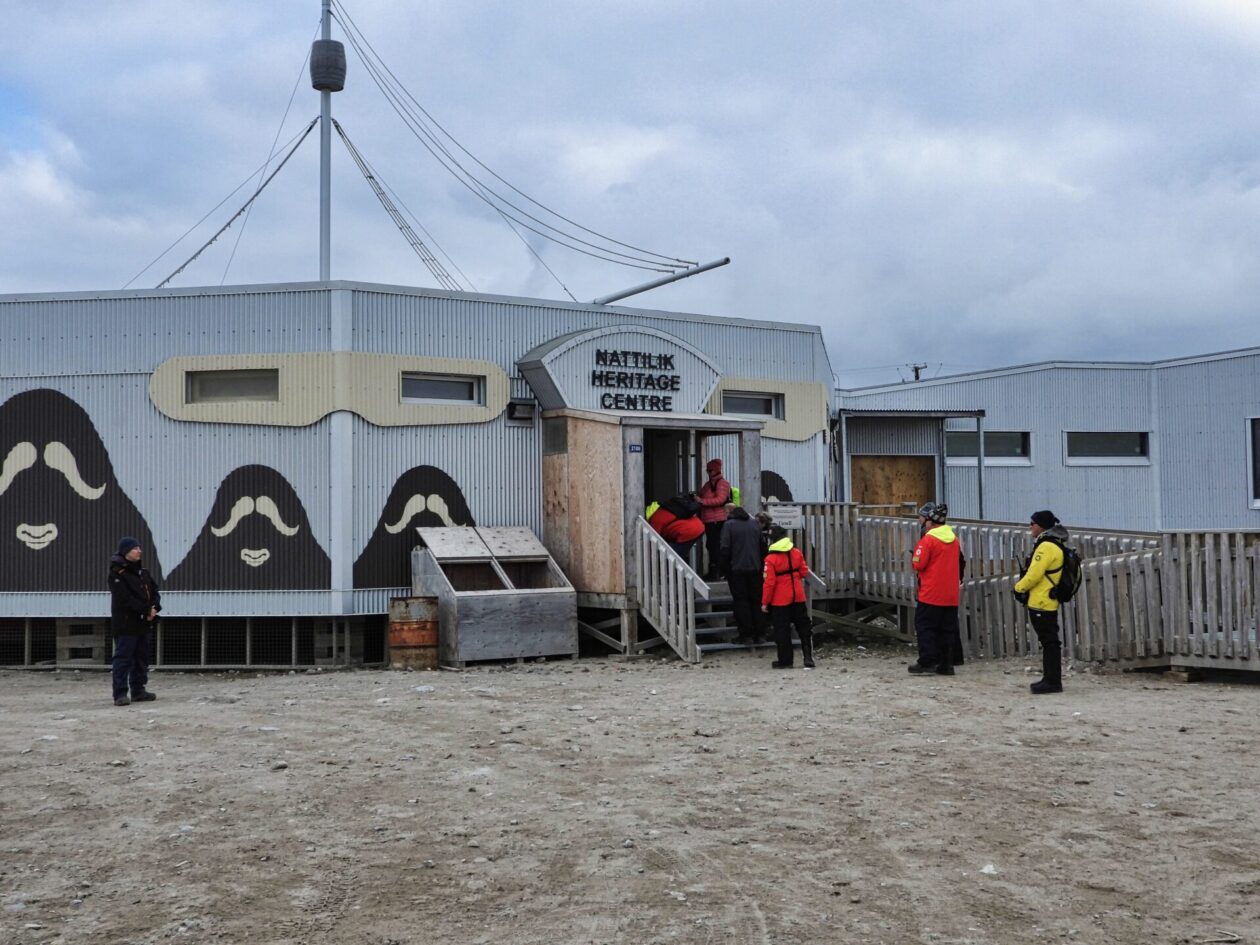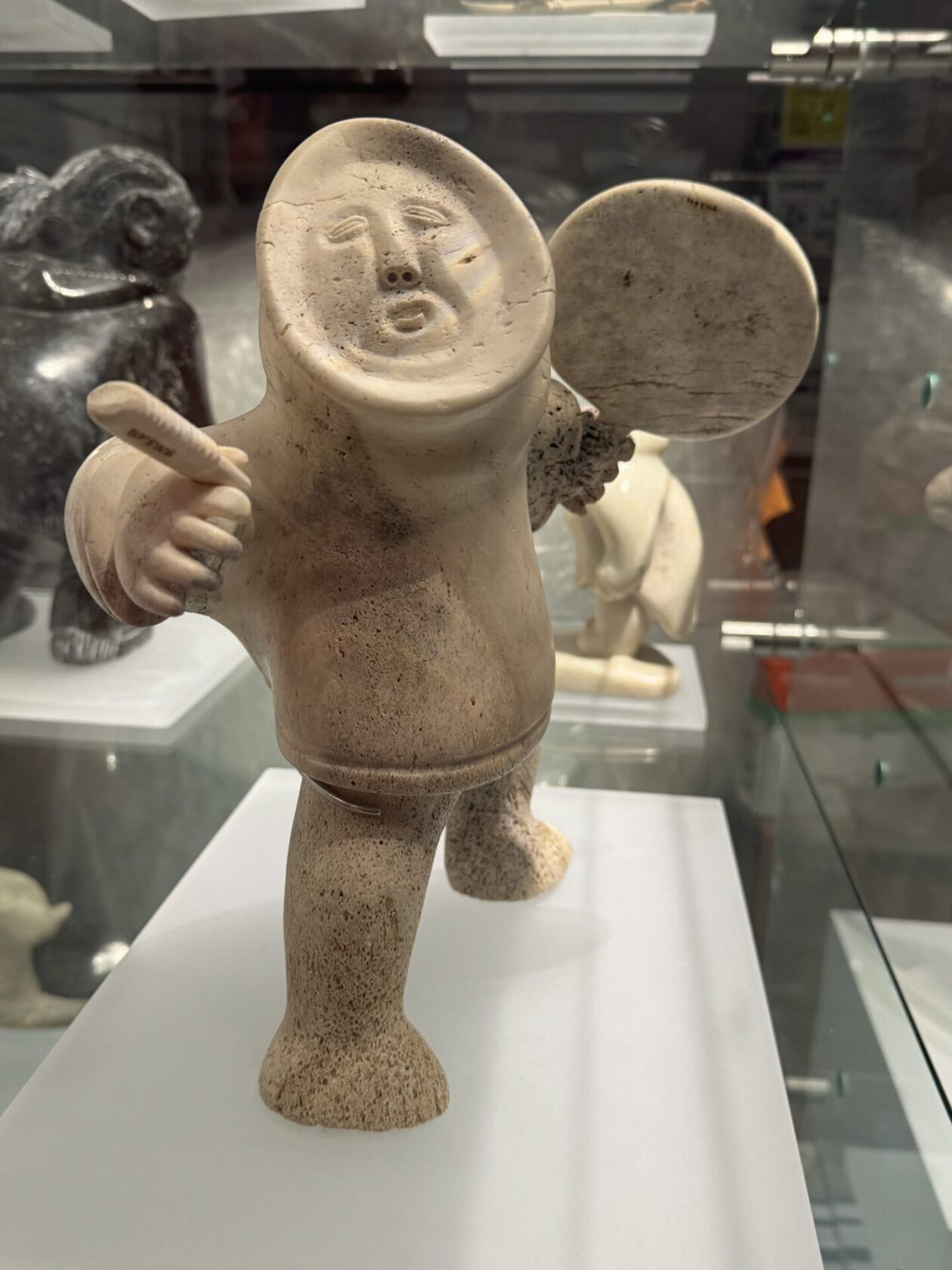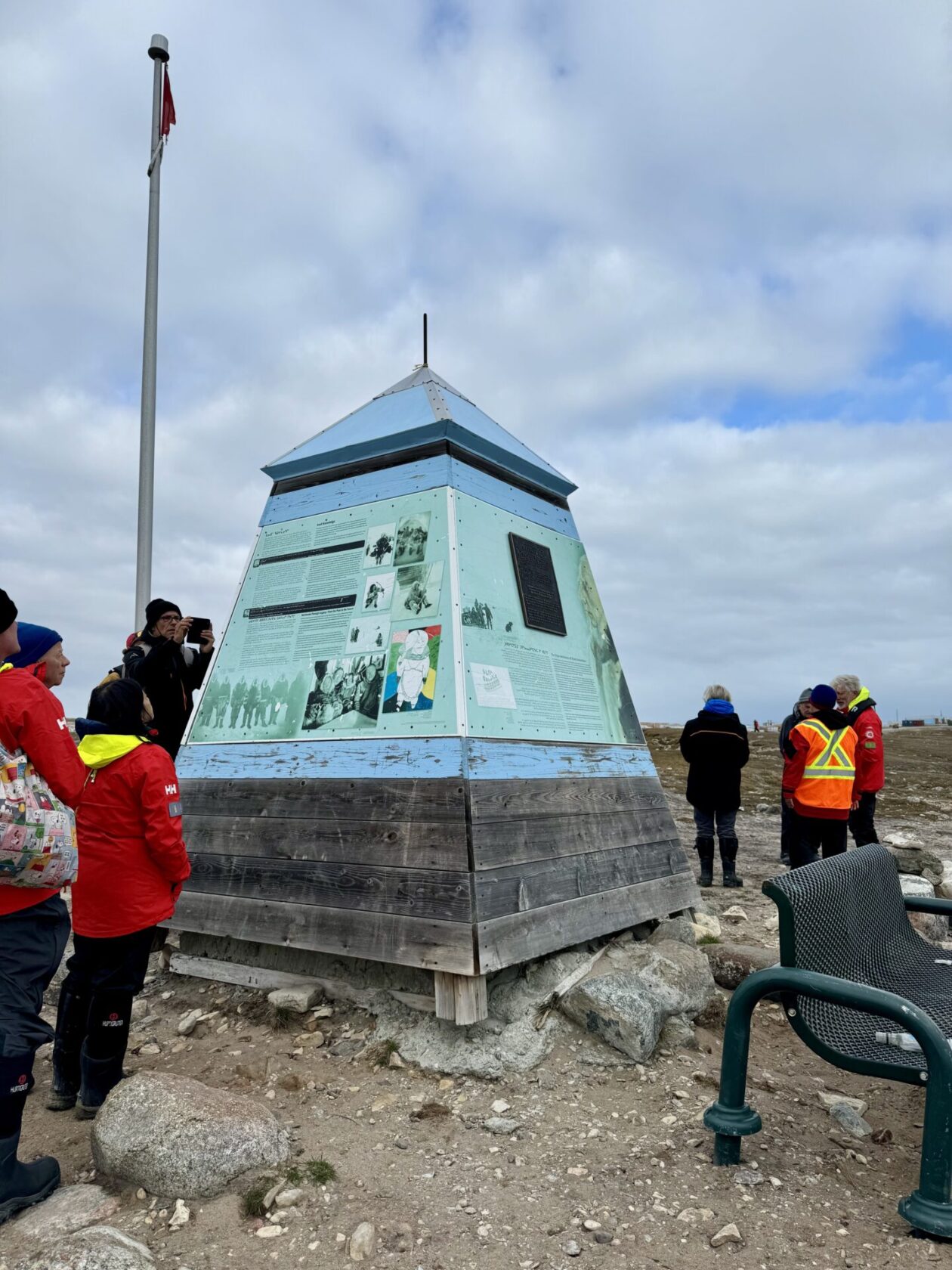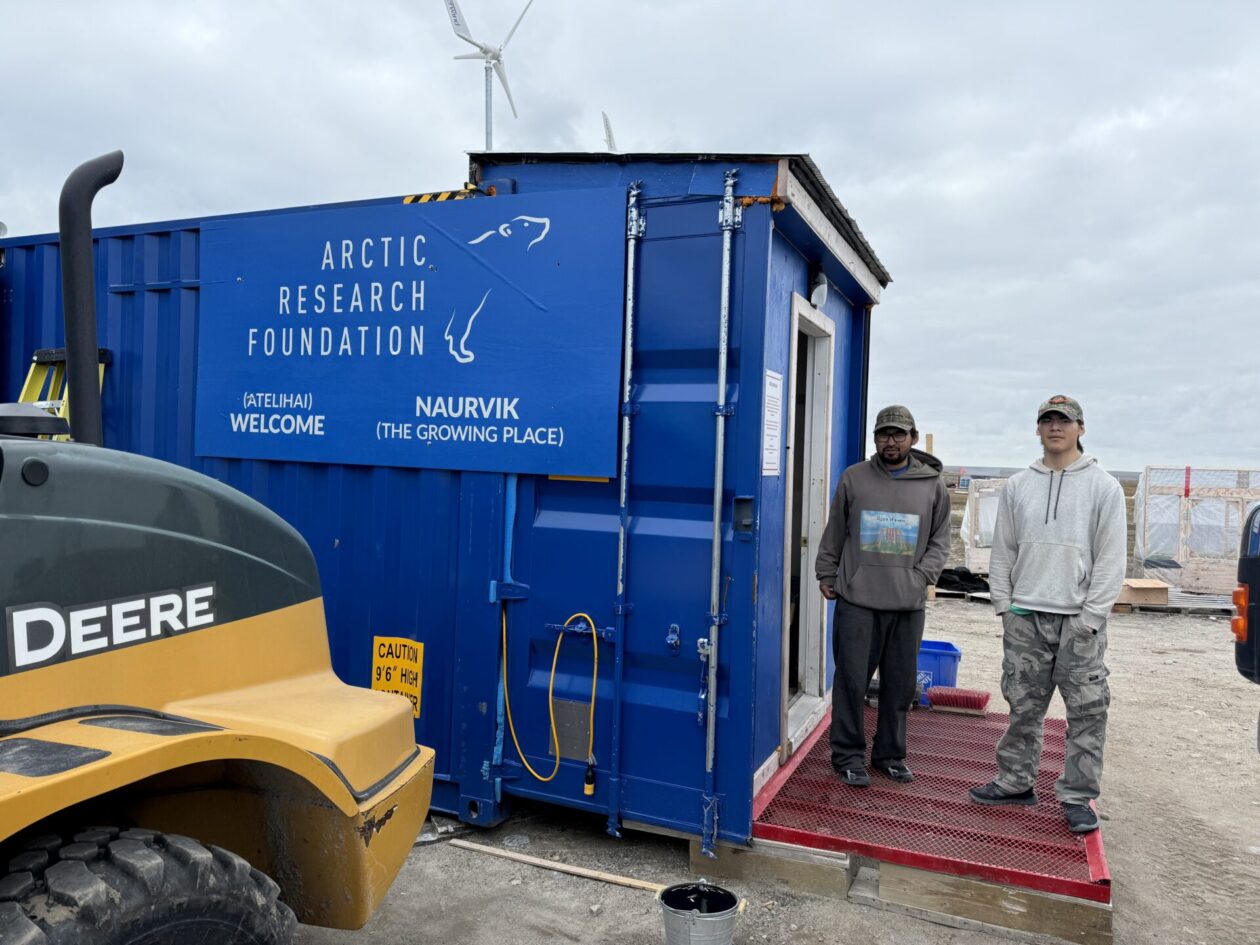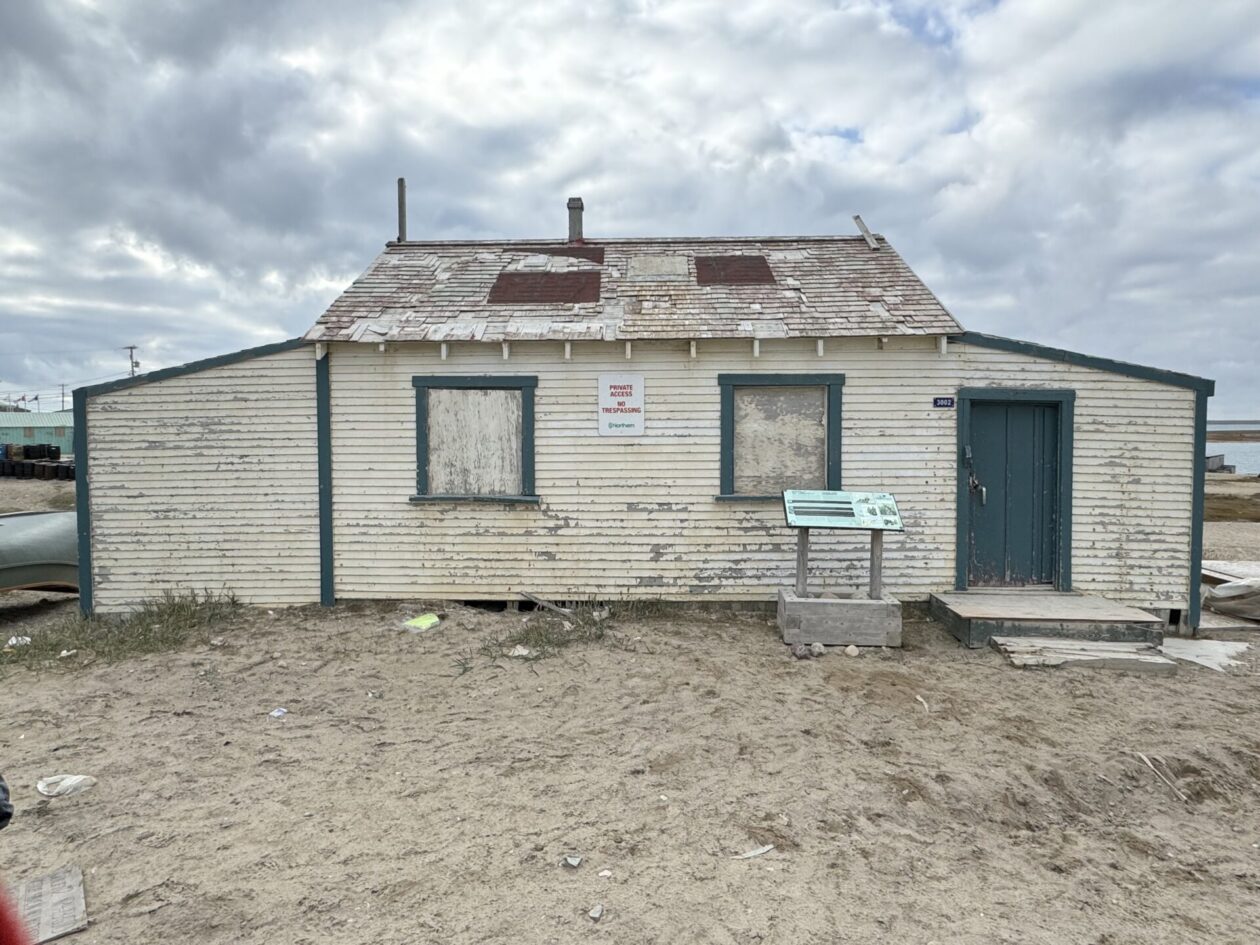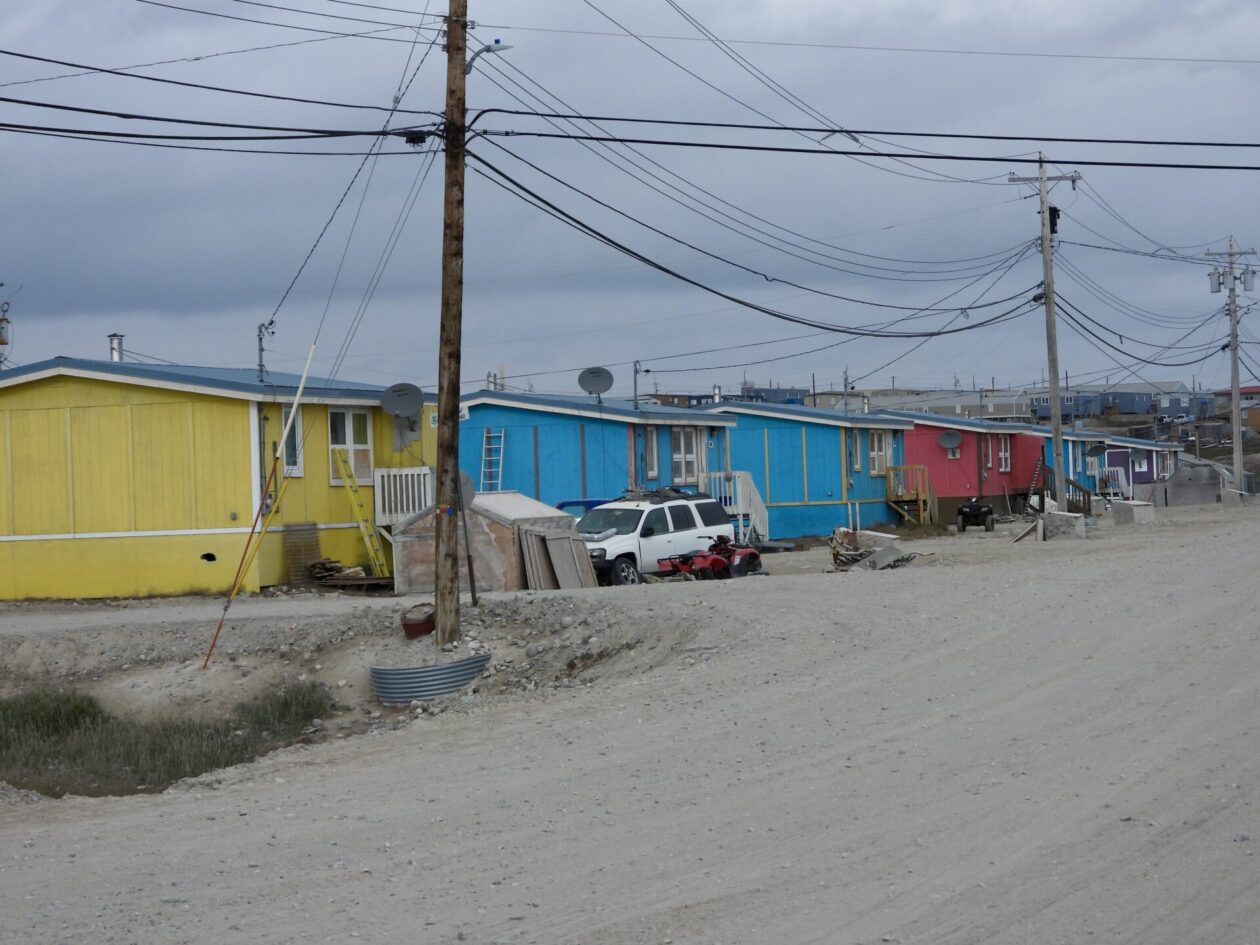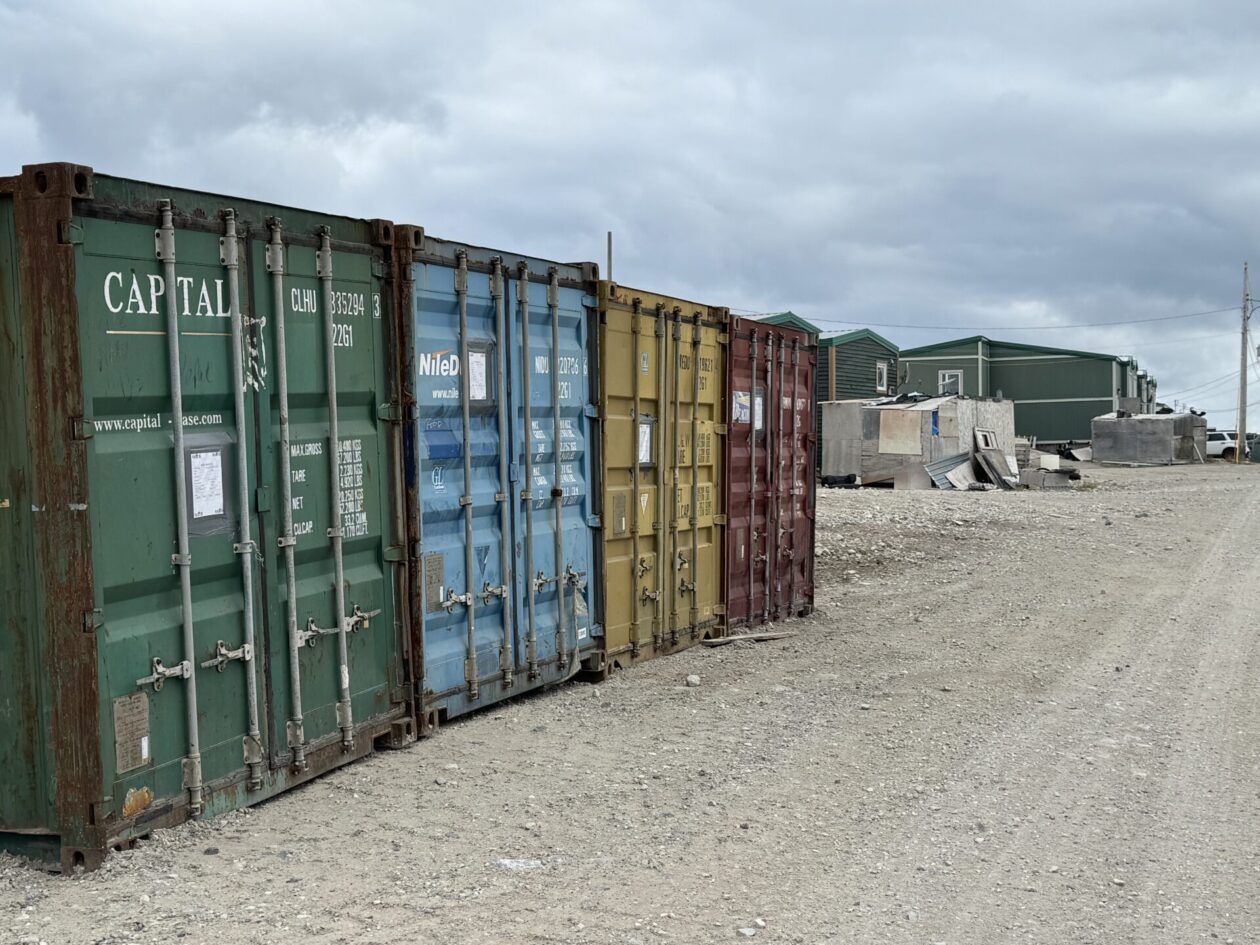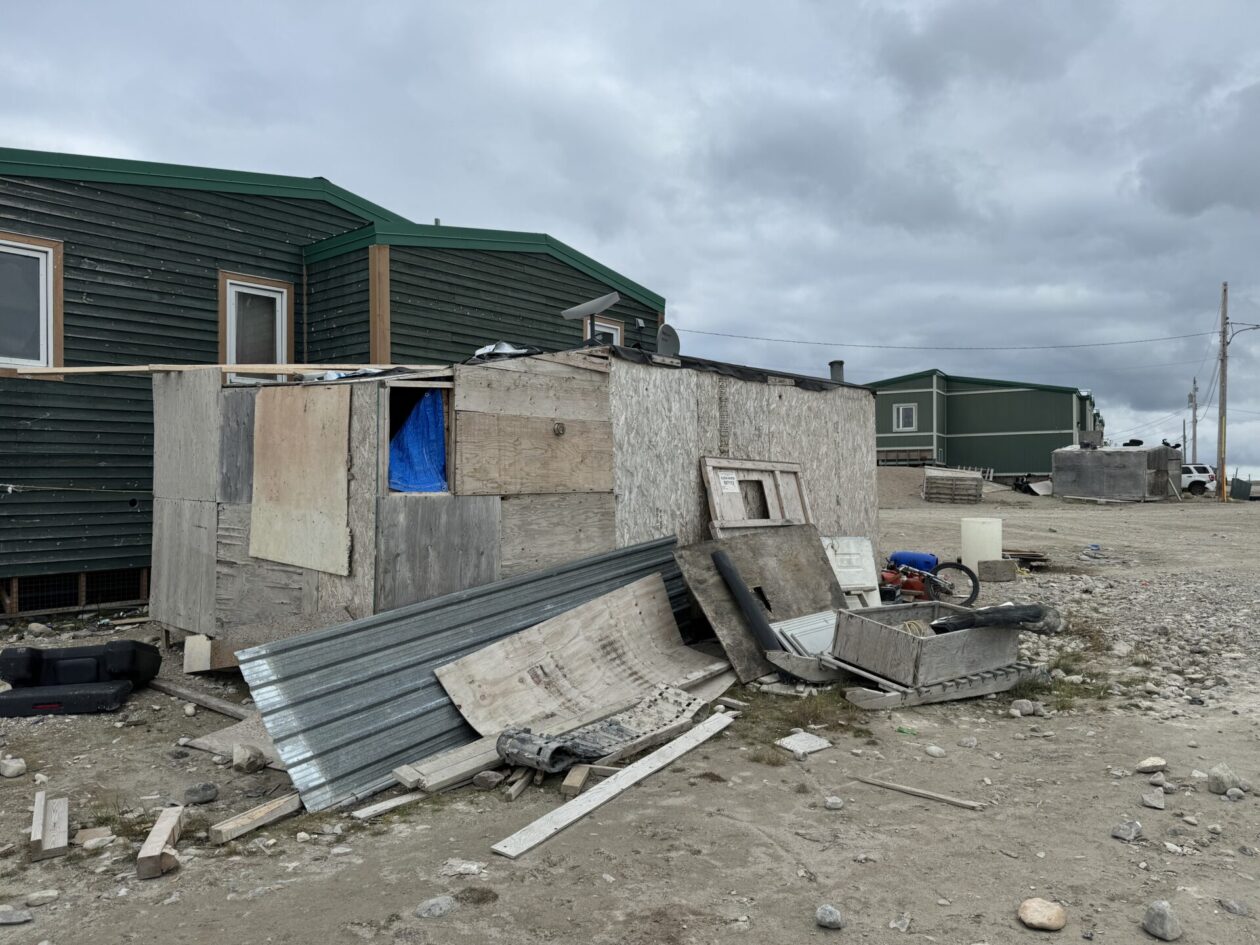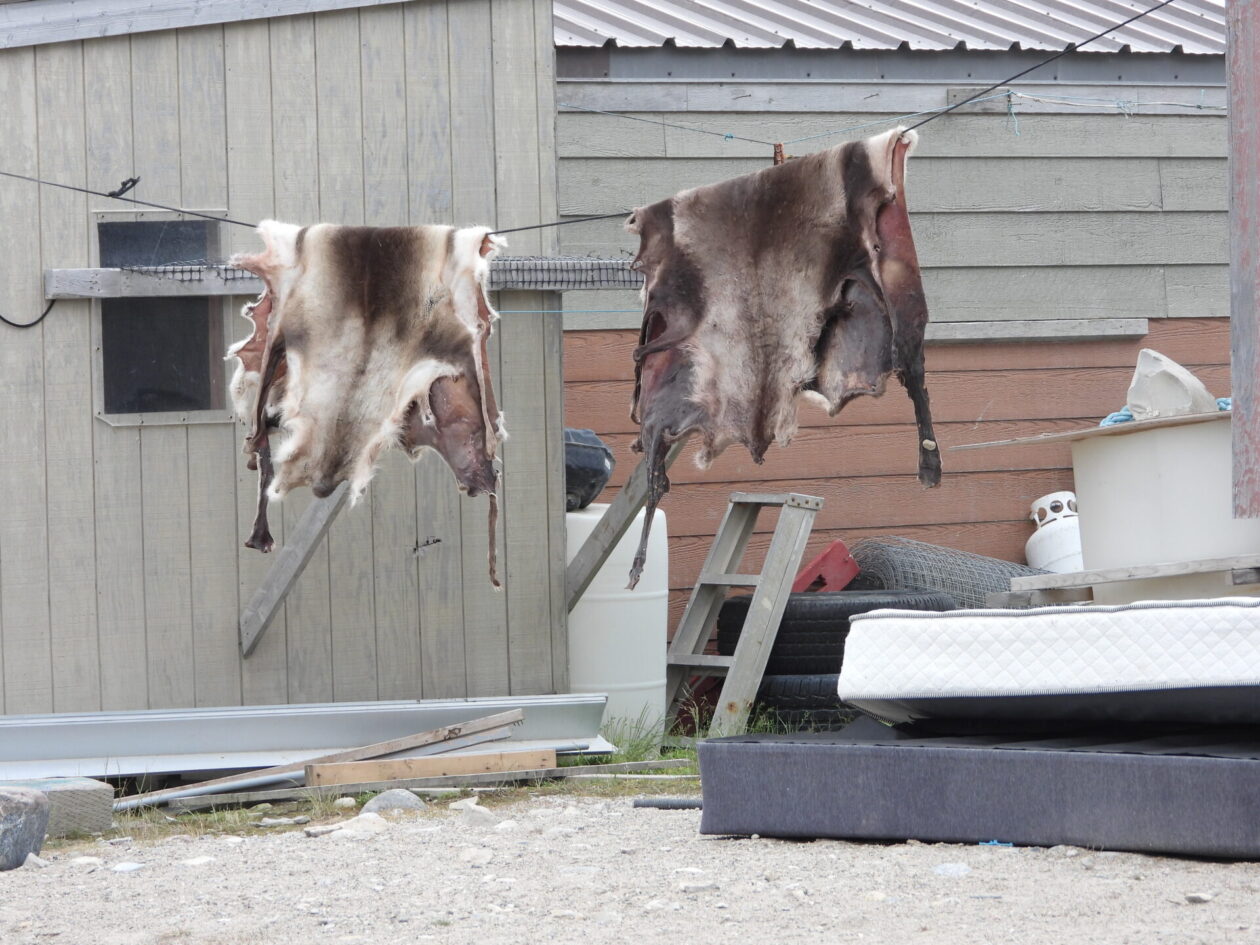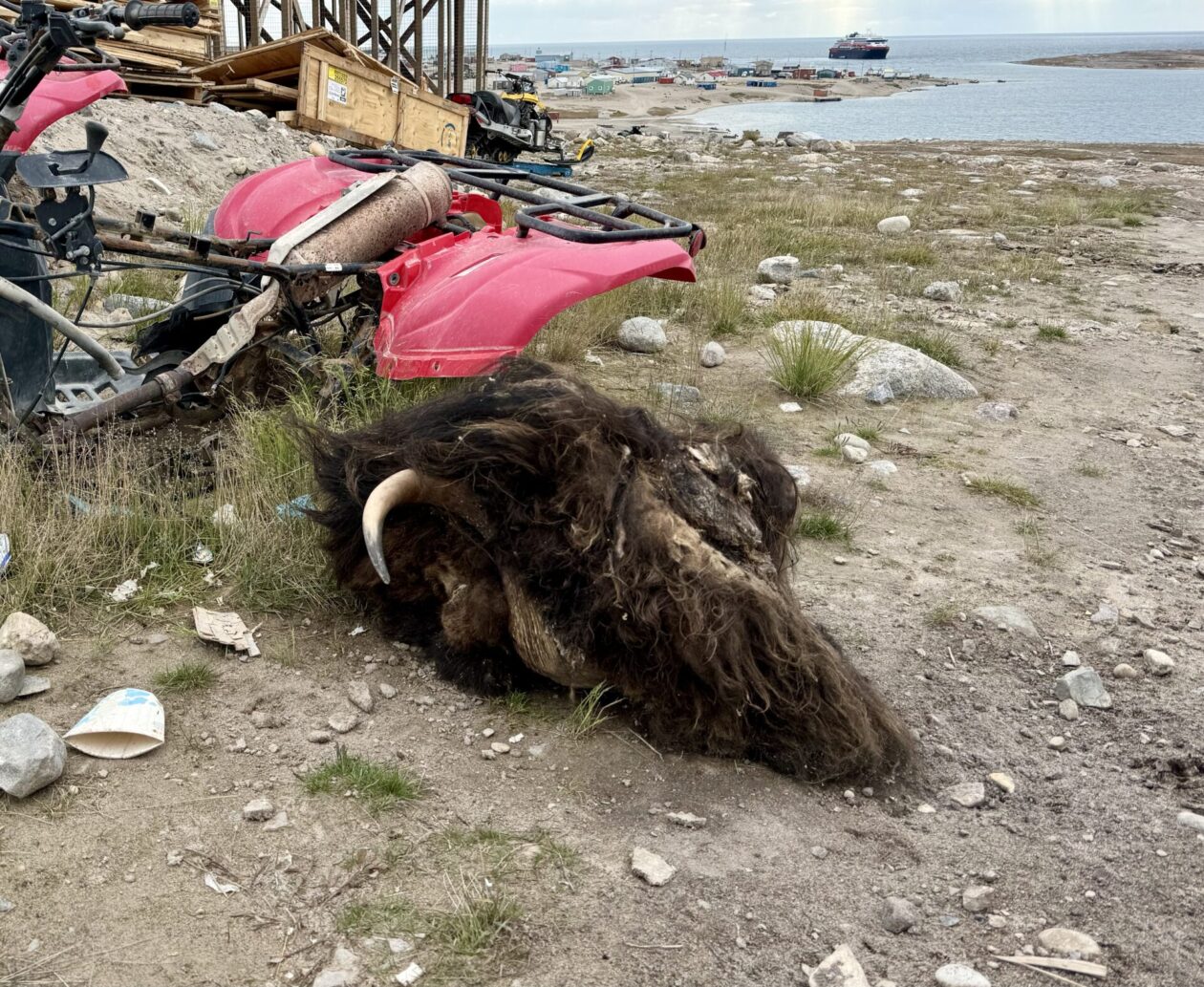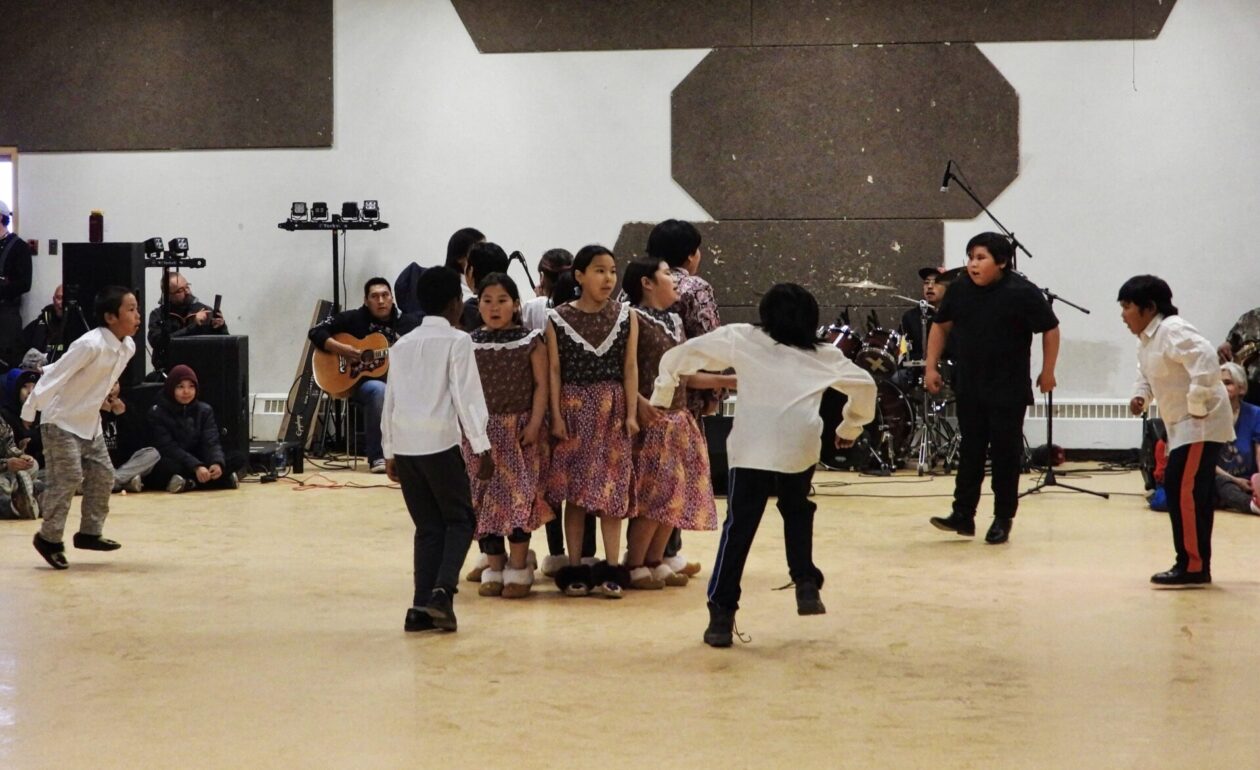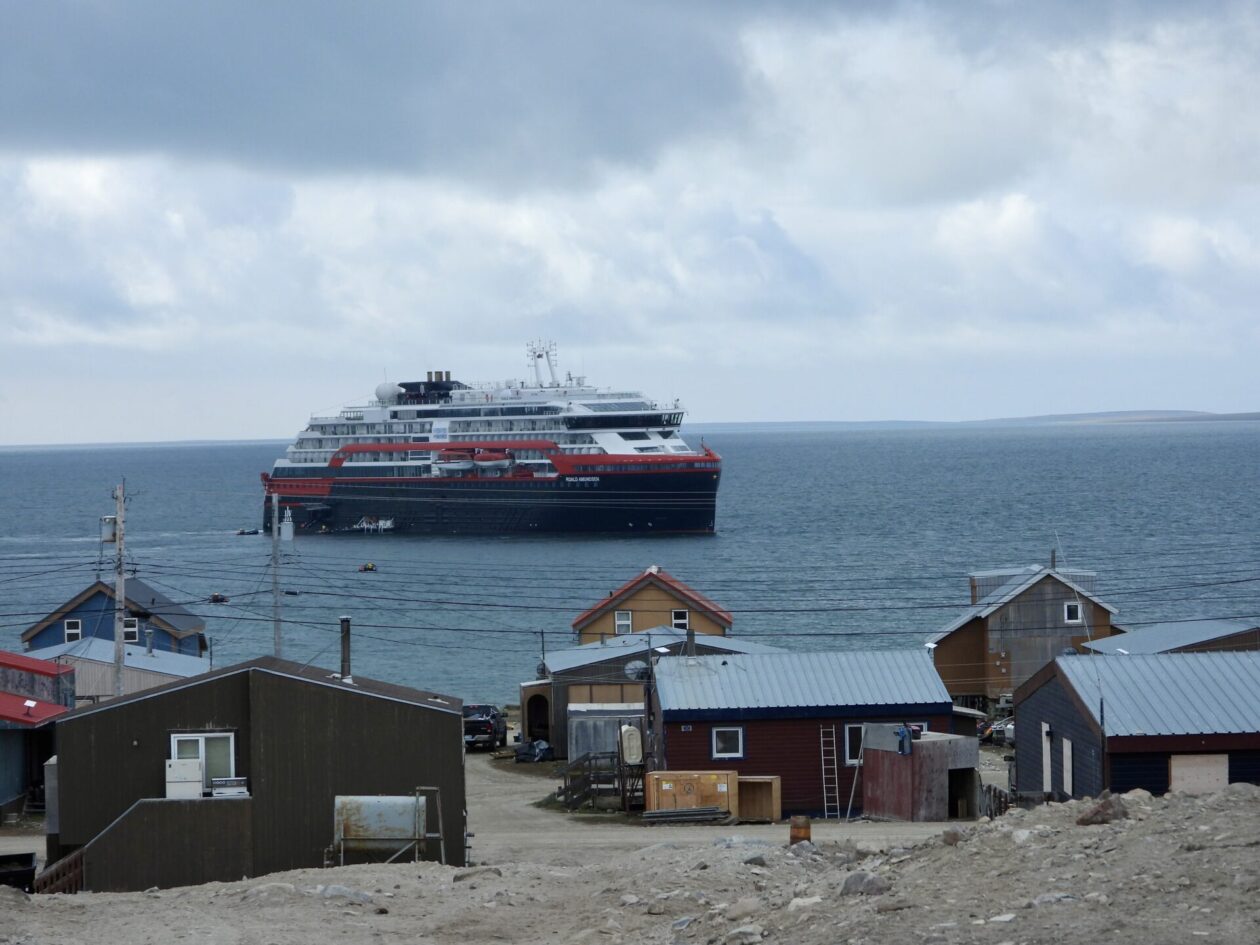- Start of trip and Nome, AL
- Herschel Island, Yukon, Canada
- Sea Day, a surprise, and the Smoking Hills, Northwest Territories, Canada
- Ulukhaktok, Northern Territories, Canada
- Murray Island, Nunavut, Northern Canada, Canada
- Cambridge Bay, Nunavut, Northern Canada
- Citizen science and Borge Island
- Gjoa Haven, Nunavut, Northern Canada
- A busy day at sea — polar bears, musk ox, and plankton, oh my!
- Prince Leopold Island, Beechey Island, and Radstock Bay, Nunavut, Northern Canada
- Croker Bay and Dundas Harbor, Nunavut, Northern Canada
- Pond Inlet and the Inuit, Nunavut, Northern Canada
- Ilulissat, Greenland
- Sisimiut, Greenland
- Red Bay, Labrador, Canada
- Corner Brook, Newfoundland, Canada and end of trip
Today we visited Gjoa Haven, named after the ship that Roald Amundsen made the first successful trip across the Northwest Passage. Interestingly, the Inuit name for this community is Uqsuqtuuq which means “lots of fat” — which refers to the abundance of sea mammals in the nearby waters. Gjoa Haven is on the Southeast Coast of King William Island. Sadly, both ships of Franklin’s ill-fated expedition sank off another part of this island. On a more positive note, Amundsen entered the local harbor here in 1903 and, after getting trapped in the ice, spent two years here. He spent much of his time here with the local Inuit, learning the local skills to live off the land and travel efficiently in the harsh environment. It was that knowledge that not only helped him in his voyage across the Northwest Passage, but also in his successful expedition to the South Pole.
Gjoa Haven has about 1200 people; not as large as Cambridge Bay, but much larger than Ulukhaktok. When Amundsen spent his two years anchored here, Inuit people from surrounding camps came to the harbor to trade metal products and other goods with him. It was at that point that the community became known as Gjoa Haven. After Amundsen’s departure, the Inuit stayed behind forming the basis for the village.The community settlement really started to grow in 1927 as a Hudson’s Bay Company trading outpost. It has continued to grow since that time, especially as the formerly nomadic Inuit moved to a more settled lifestyle. In walking around the community and speaking with the locals, it’s clear that there is a lot of pride in the role they played in Amundsen’s successful explorations. Amundsen was quite unique in this regard; he listened and learned from the local; most of the other European explorers rebuffed their input; sometimes at their peril (e.g., Franklin). We walked around the small natural harbor, described by Amundsen as “the finest little harbor in the world.” It clearly would be a sheltered place to winter over. In fact, in another month this harbor will be frozen over until May.
As we went ashore, we saw a community that was much more spread out than the others we had been in. We were assigned guides, but people started peeling off to investigate on their own. Our first stop was at the Nattilik Cultural Center which depicted the lives, philosophy, and art of the Inuits in this geographic area. While some of the drawings were quite good, the carvings out of soapstone and other local stones were spectacular. The carvings really helped to bring the Inuit belief system into life. Needless to say, we added to our collection. I was even able to buy a Gjoa Haven hat! From there we wandered around the town. We walked out to the large community center where many of the planned activities were to take place, but were too early. At that point, Deb and I went our separate ways. I ended up at the local cultural center where there was a traditional dance going on. It was similar to the one we had seen in Ulukhaktok, but also had some unique features. What stuck most in my mind was the woman with a baby on her back, dancing and drumming to the singing. From there, I went down to their Habitat (which I am coming to learn is something like their town hall and post office). In that building was a massive bust of Amundsen. There are no fewer than five monuments to Amundsen around the town. Clearly, he helped them establish their community (even if only indirectly) and keeps them on the map. I ultimately walked along the beach and climbed a hill to reach one of those monuments and, from there, I was able to get a panorama of the “finest little harbor in the world” where Amundsen allowed the ice to freeze around his boat. From there, things took a bit of a weird turn. On the horizon I could see a number of shipping containers with a number of solar panels and wind vanes. I had heard that they were testing hydroponic gardening in a facility there, so I thought I would go for a visit. When I reached the Arctic Research Foundation, I came across two guys. I asked them if the facility was open and they told me that only locals could go in. So I asked them what they grew there and they told me that they had future plans to grow berries, since no berries grew on their island. I said “Great, but what are you growing now?!” They told me they were growing “greens.” When asked what kind of “greens,” they said they couldn’t tell me. So I left and ultimately looked up the Foundation on Google only to find that it was permanently closed! Given that this is a dry town (although we did find a couple of empty liquor bottles), my conclusion is the the “greens” they were growing were the smoking kind…
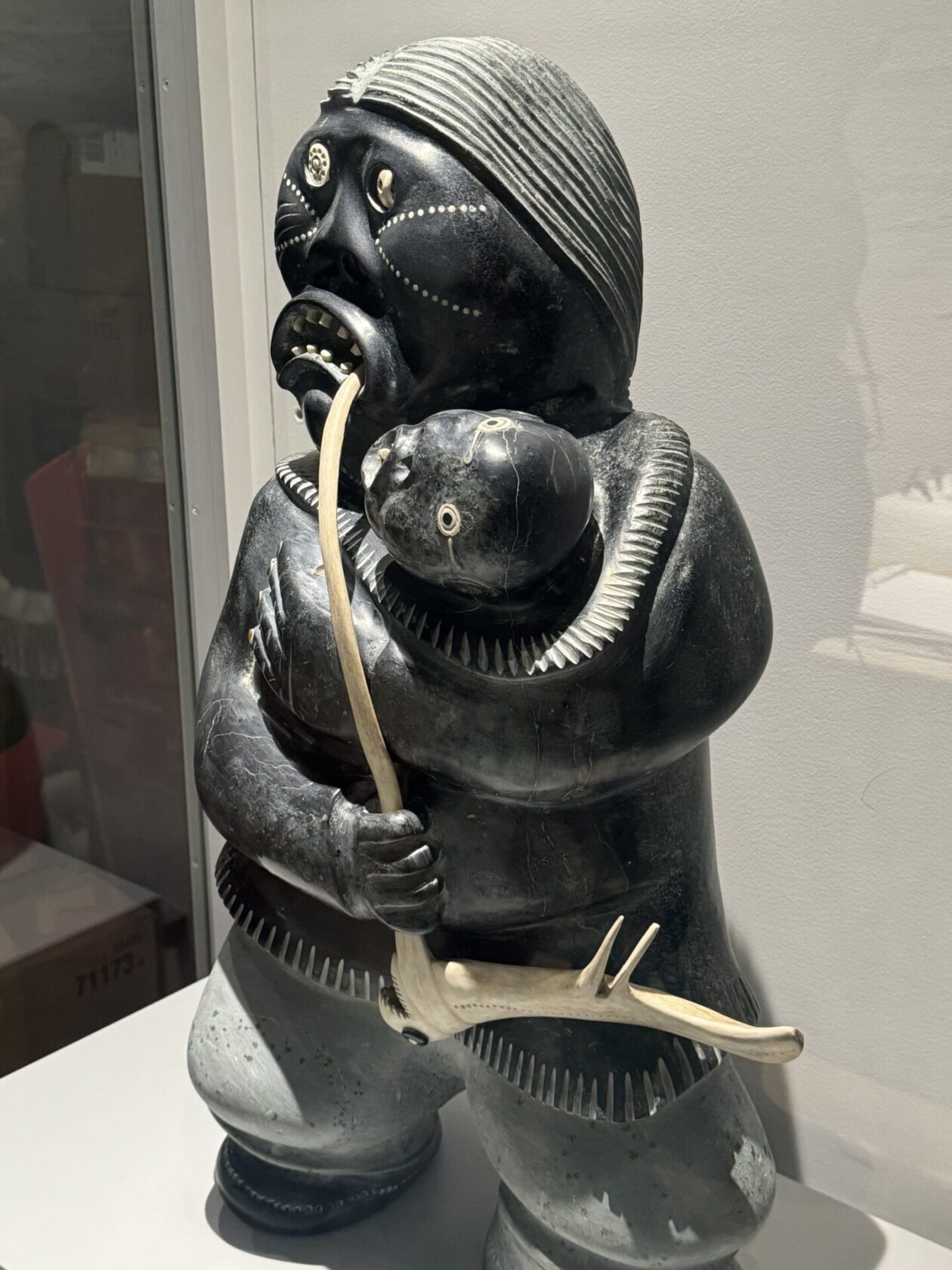

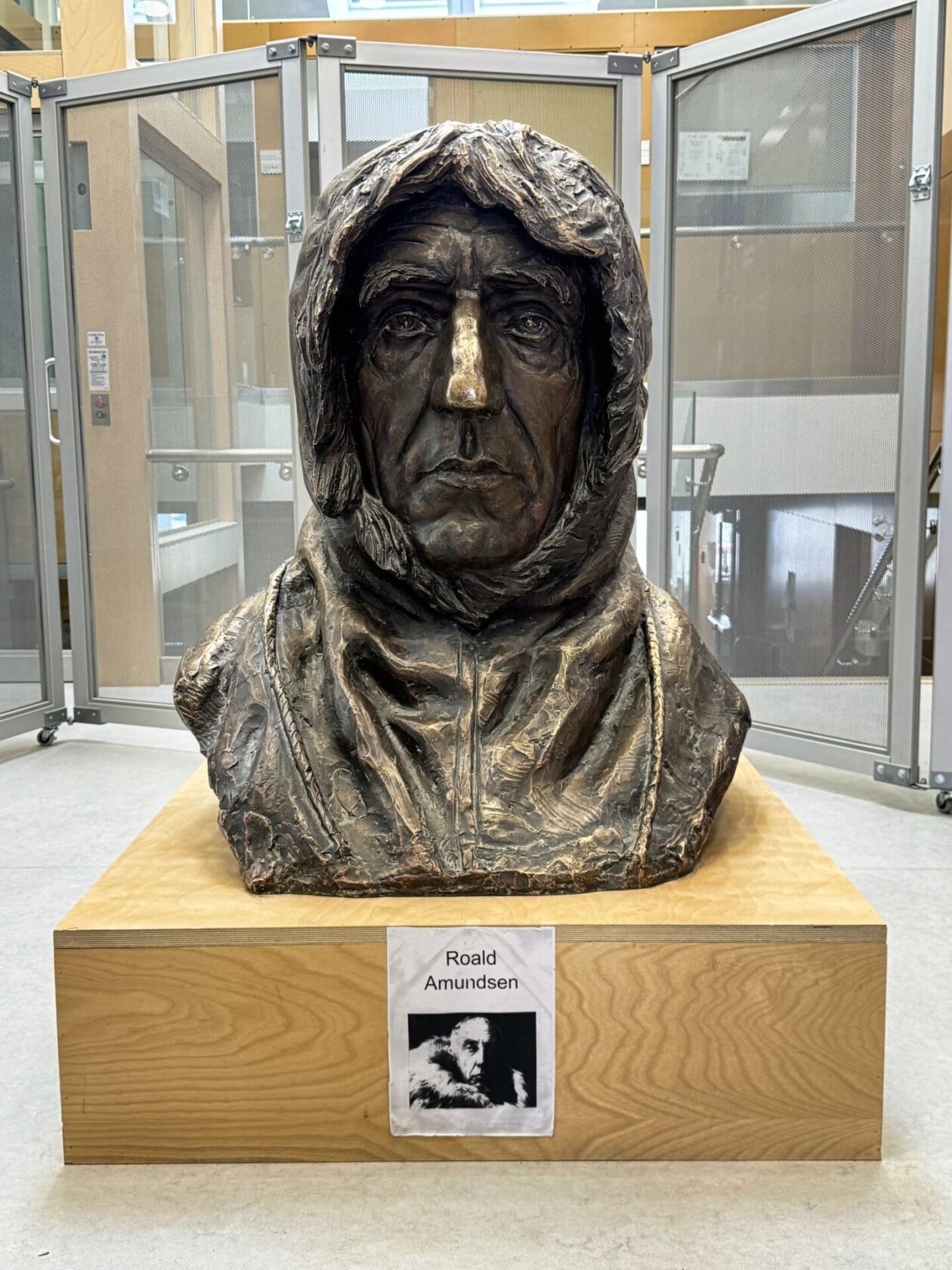

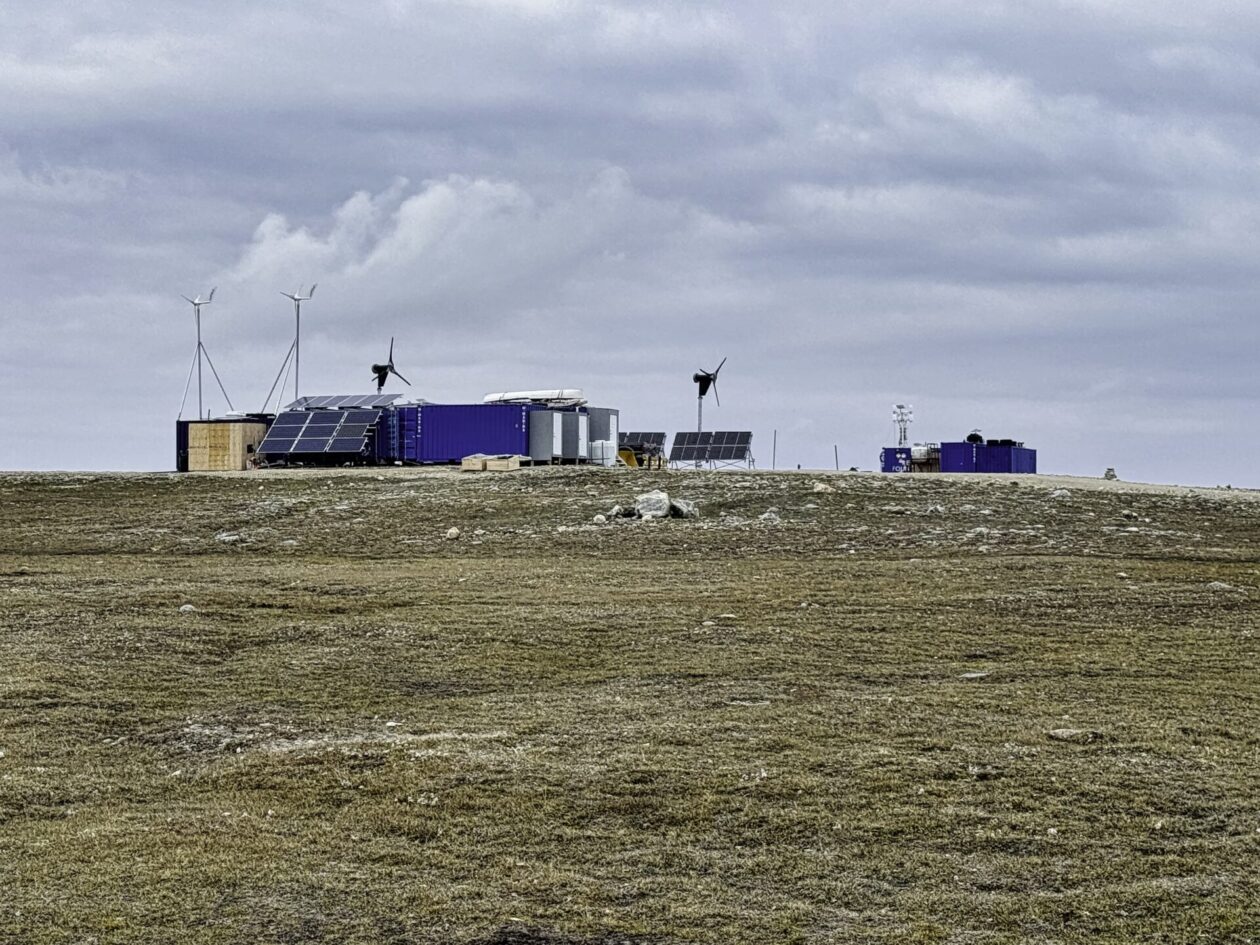
I finally arrived at the Community Center where Deb had been waiting some time for me. The locals were getting ready to start their cultural program for us and were feeding us caribou soup, fired caribou, and bannock (look it up). The food was great and the performances included square dancing kids to a respectable country band (shudder: I hate to say that), Inuit games to test strength and flexibility, throat singing (if you don’t know what it is, look it up — it’s pretty amazing!). In fact, in addition to the local singers, the cultural ambassador on our ship had taught us how to throat sing, and we did a short rendition that was thoroughly enjoyed by the locals. The program ended with a short concert by the band. I have to say that the community really came out for us. They were helpful at all our stops and the program at the Community Center had at least a third as many people as we did. There were smiles all around and I think we both enjoyed the interaction.
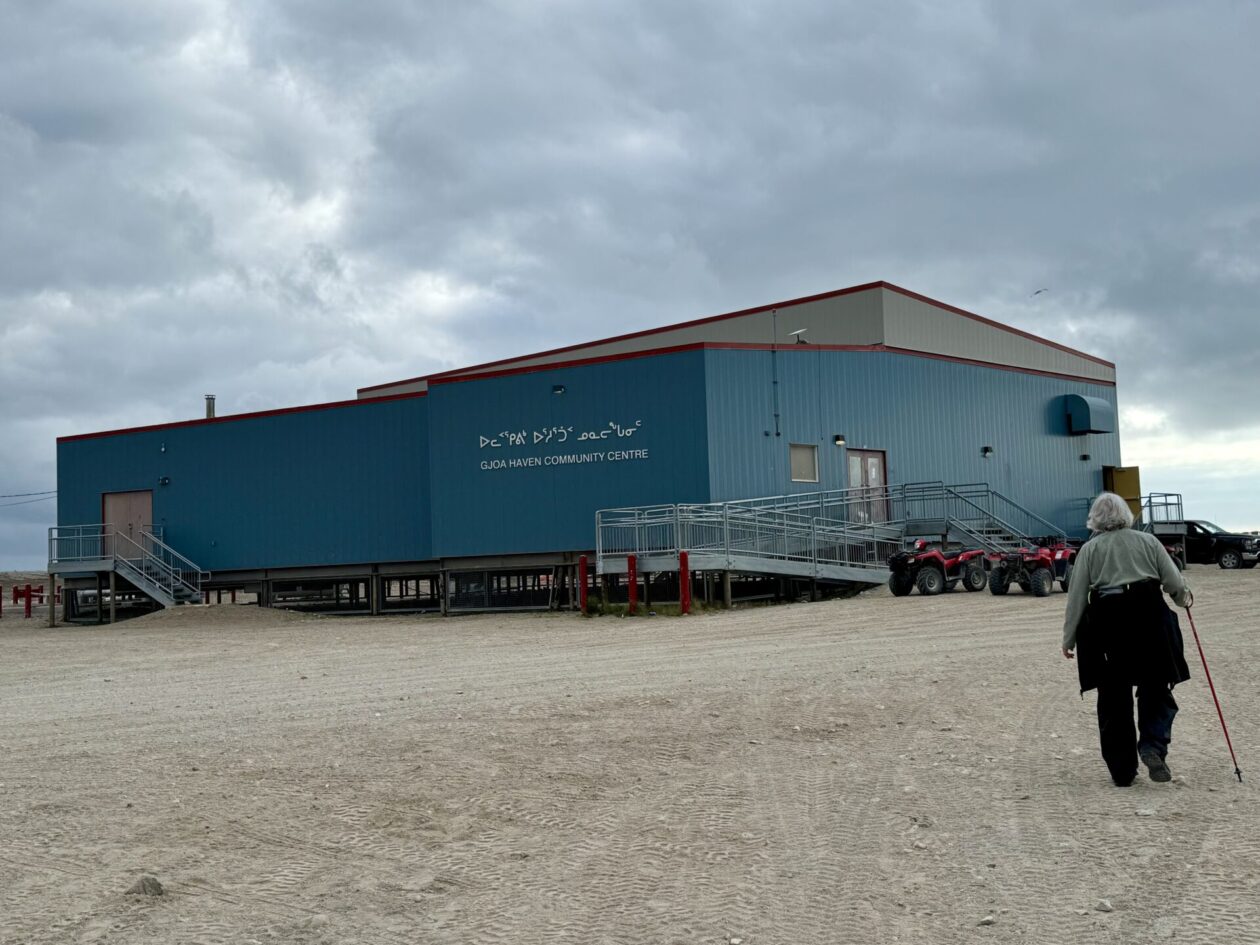
So now we are off for a couple of sea days. During that time, we will likely find sea ice — or it will find us. Tonight our cultural ambassadors gave us a presentation on the challenges and costs associated with getting groceries delivered to them. It reinforces their need for “country food” to support the majority of their diet. This includes beluga whale and seal harvest which is both part of their heritage and a major underpinning of their diet during the winter. While the thought of hunting whales is abhorrent to many of us, this is all about subsistence and survival. A real eye opener…
This entry was posted in Canada, Cruising, Northern Canada, Nunavut, Travel